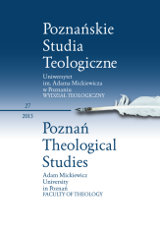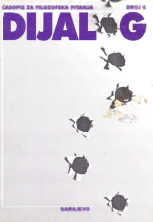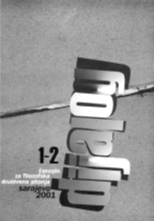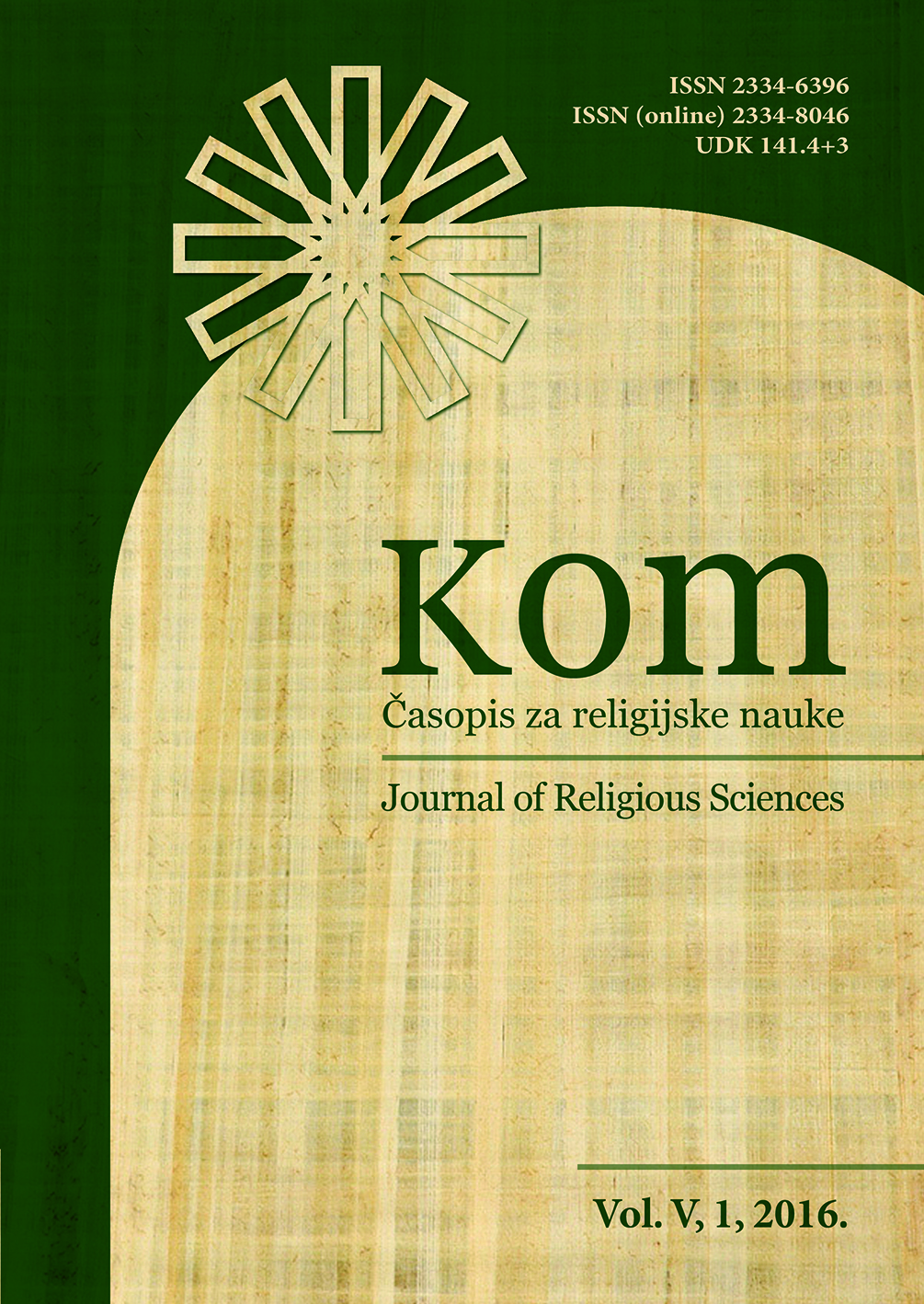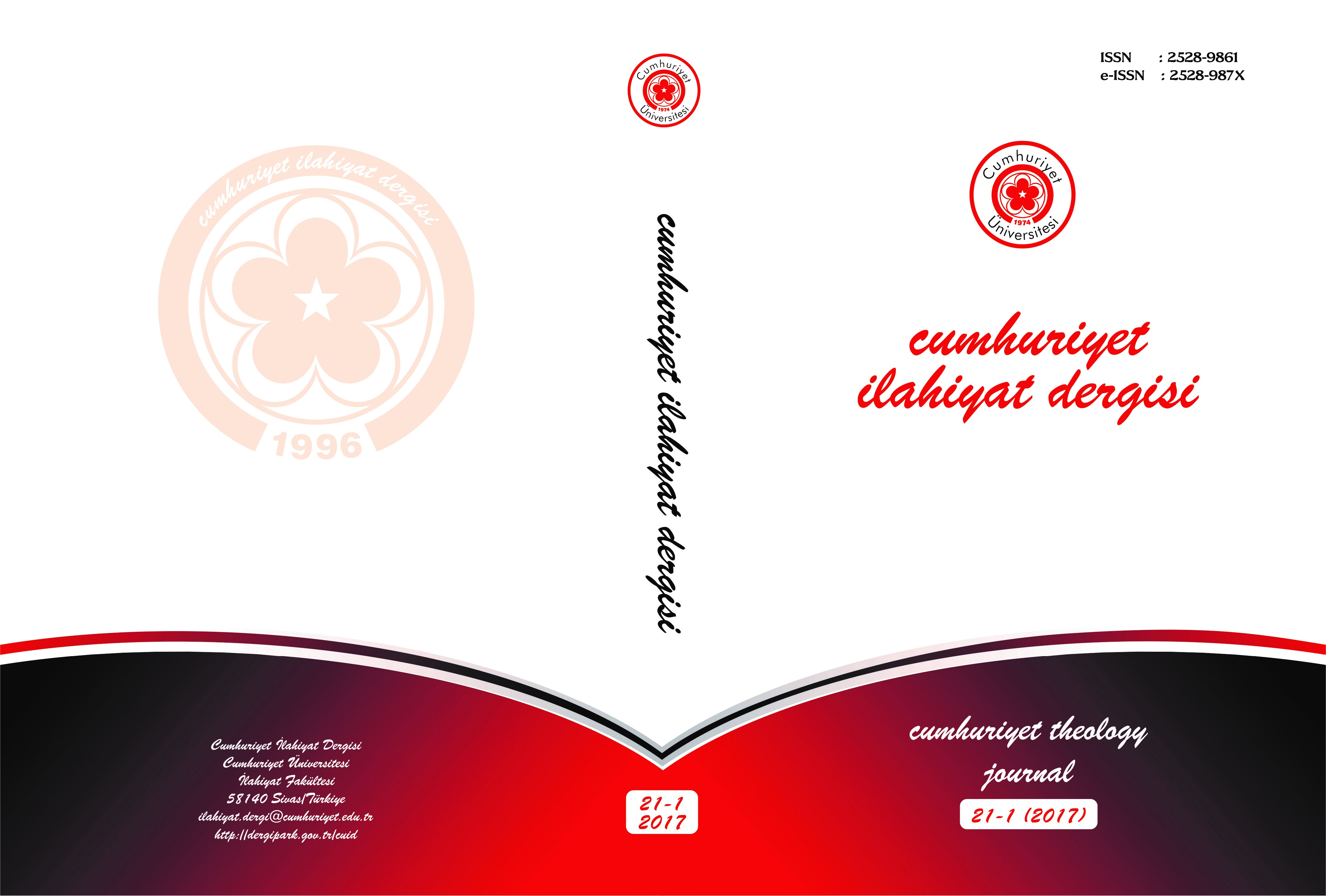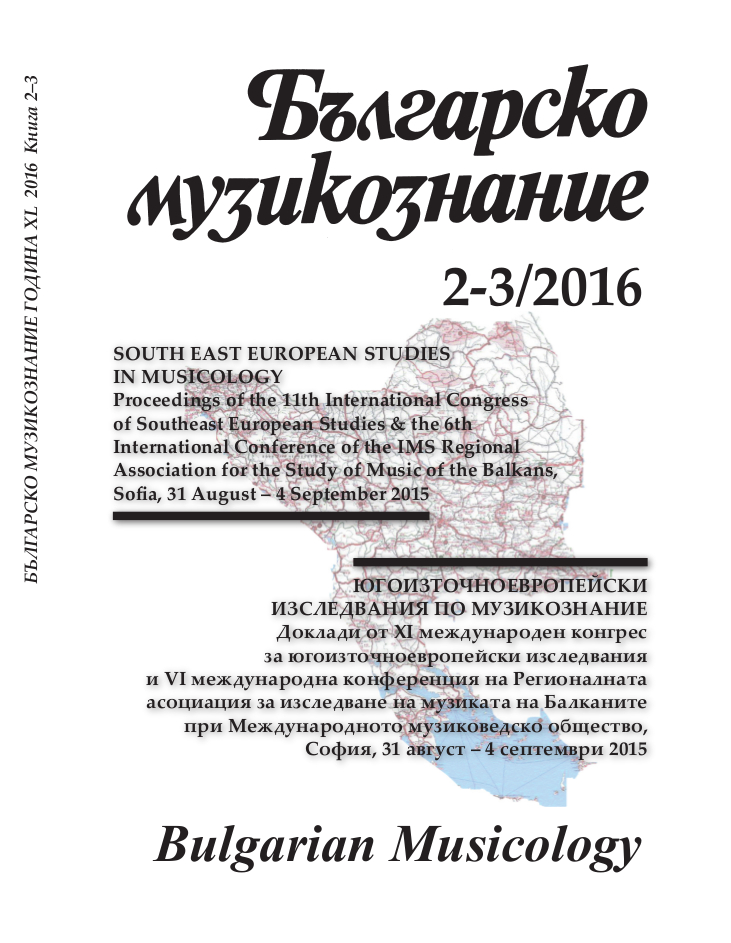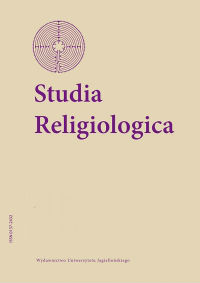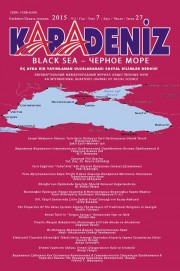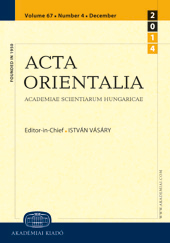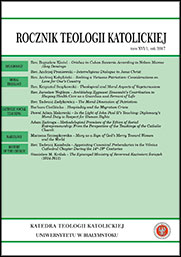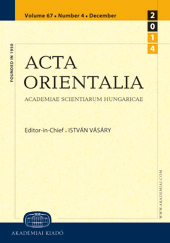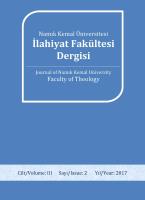Author(s): Lyubov Dablo / Language(s): Ukrainian
Issue: 2/2014
It is almost for a quarter of the century that our country is a free and independent state. It has become the subject of the international life, has joined the global world processes and is actively developing intercultural connections with other countries. Nowadays the western model of the development of the political and cultural relations is peculiar to Ukraine, but since Ukrainian culture was forming under the pressure of Indo-European culture in the old days, more and more often we can evidence the tendency for oriental traditions and the popularization of the Middle Eastern culture.And this direction is getting more significant as one of the fundamental models of Ukraine’s orientations. That is why oriental studies in Ukraine are becoming more important.At the end of the 19th – the beginning of the 20th one of the first scientists, who devoted himself to the oriental studies or, rather, developed the indological studies in Ukraine, was an academician D.M. Ovsyanyko-Kulikovsky. The scientist, known mainly among philologists, was at his time one of the most outstanding and popular Russian literary critics. An active participant of the social and political life of Ukraine, prominent scientist, essay writer, culturologist, linguist and educationist, he influenced the formation of the ideology of intellectuals of that time, the development of Ukrainian culture, higher and secondary education.Leading researchers of D.M. Ovsyanyko-Kulikovsky are A.V.Vietukhov, A.G. Gornfeld, T.I. Rainov. The researches of S.F. Oldenburg, P.M. Sakulin are of a particular value. Such scientists as M. K. Anikin, I.G. Ilyukhin, A.P. Kovalivskyi, M.V. Osmakov, M.N.Boiko, R. S. Zolotarev, U. V. Mann also studied the scientific heritage of D.M. Ovsyanyko-Kulikovsky. Among the Ukrainian scientists it is necessary to point out the works of O.I. Ladyga and L.O. Chuvpylo.Thus, in the view of the aforesaid we can make a conclusion that the scientific heritage of D.M. Ovsyanyko-Kulikovsky is always of a great interest for the scientists, the breadth of his soul and a rich scientific experience don’t leave anyone indifferent. The goal of this research is the analysis of one of the D.M. Ovsyanyko-Kulikovsky’s indological works. Dmytro Ovsyanyko-Kulikovsky (1853-1920) comes from the province of Tavria. He worked in Ukraine. Almost all his life he studied the Sanskrit, the culture and religion of Ancient India. One of his first works "The review of the myth about falcon, who brought the Soma plant" contains an analysis of Rigveda texts, where he reconstructs the main ideas and some mythological images of Indo-European origin, in particular the image of God Soma’s cult. From the studies of the Sacred Writings of the Ancient Indians appears another scientific work on linguistics "The cult of Soma in Ancient India", in which the author analyzes the hymns of Rigveda from social and psychological point of view and comes to a conclusion, that language is the best reflection of the ancient thinking and consciousness. The cult of Soma, that is widely represented in hymns, was some kind of a religious rite with the elements of sacrament and mystery, and the use of Soma’s drink gave people an impulse for psychological actions, for developing a language, sociability, inspired for creativity and cultural instincts of a person. And the combination of music, Soma’s drink and the speech of the priest threw into an ecstasy. The influence of such a state on the ancient person’s mind encouraged the development of thinking, imagination, that were gradually forming the precise system of mythological believes and the beginnings of the philosophical thinking. This rite was of a great importance for the people of that time.Thus, having studied properly the hymns of Rigveda, the scientist tried to understand how the perception of Indo-Aryans, the spiritual culture, the beginning of the creativity were developing. He emphasized the power of the influence of language on the people’s consciousness. The idea of the influence of language, that is felt in the hymns of Rigveda together with a heady Soma’s drink, on ancient people, wasn’t continued in linguistics, history of the culture and cultural studies at all.The contribution of D.M. Ovsyanyko-Kulikovsky on the development of Ukrainian science is significant. The research methods of the spiritual world of an ancient person with the help of the language, made by the scientist, are very important nowadays in such fields as linguistics, social anthropology and cultural studies.
More...
